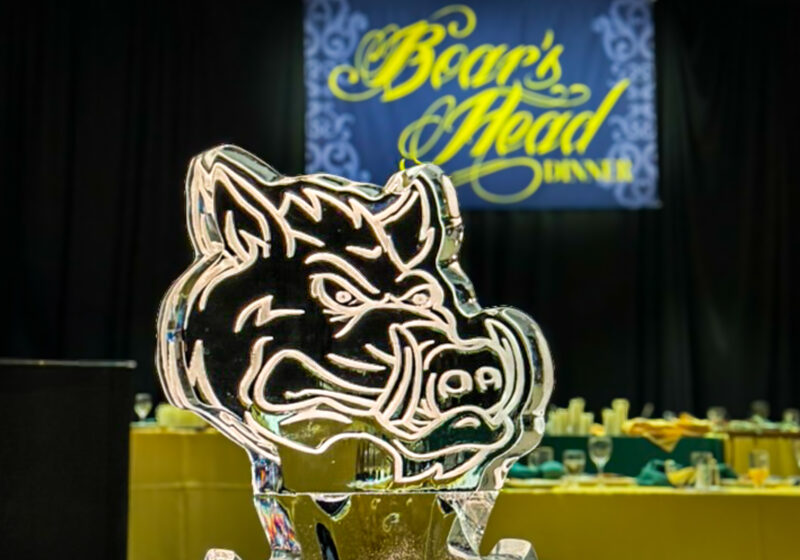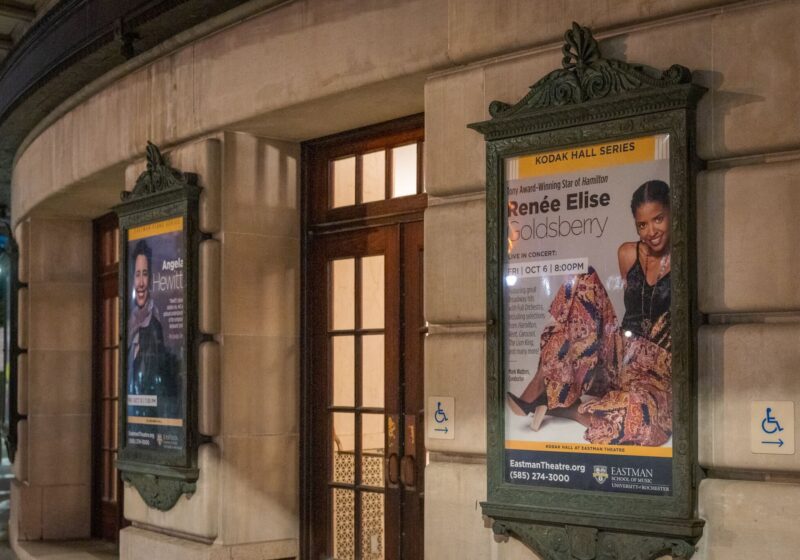I don’t know many college students who wouldn’t want to visit the beer capital of the world, but I also don’t know many who have been to Prague, the home of pilsner beers and the capital of the country with the world’s highest per capita beer consumption. Cheap – 75 cents a pint – beer is far from the Czech capital’s only attraction.
The first time I emerged from one of the city’s ubiquitous winding cobblestone streets into the Old Town Square, I understood what makes Prague so special. The square embodies the rich history and architecture that have made Prague a capital of culture and Old-World Europe.
With its breathtaking, brightly colored Rococo-style and beautifully decorated graffito building facades, the Baroque-style St. Nicholas Church, the unmistakably Gothic Tyn Church and the Old Town Hall with its world-famous astronomical clock bordering the square, this place is truly a work of art.
Walking through the square with my friends after a night of clubbing was a powerful reminder of the extraordinary experience we were having. This wasn’t the frat quad back home. Surrounded by gorgeous architecture and meeting people from all over Europe, I was a world away from Rochester and just a tram ride from all of this.
Every morning, I walked to class up my cobblestone street and through a huge 17th century fortress gate to my schoolhouse in the Vysehrad compound, the site of the city’s ancient castle. As I walked home from class, I would stop in the potraviny – the convenience store – on my street and conduct my entire exchange in the Czech language – Czech class is mandatory requirement for the Council on International Educational Exchange program. I cannot describe the exhilaration and satisfaction of successfully communicating in such a new and difficult language.
Prague is a study abroad destination well off the beaten paths to London, Spain and Australia, and it offers a unique experience that appeals to a wide audience. Everyone loves the cheap beer and Becherovka – spicy Czech liquor – at Prague’s pubs and underground vinarnas, or wine halls and the unbelievably inexpensive but delicious knedliky – dumplings, at every restaurant across the city. The Czech Republic hasn’t switched to the Euro yet, and with 22 Korunas to the U.S. dollar, it is one of Europe’s last bargain destinations. But studying in Prague feeds more than your stomach.
Prague is, and historically has been, recognized as an international artistic Mecca for the many composers, painters, writers and filmmakers who have hailed from or worked in the city. Many of my friends took classes at the internationally renowned Film & TV School of Academy of Performing Arts in Prague.
On our weekly class field trips, I stood in underground 11th century houses and in Europe’s oldest synagogue. But it was the experience itself of living in Europe for four months that was invaluable.
It was traveling around Bratislava, Slovakia, with a guy in our hostel from Holland. It was negotiating overnight trains to and from Krakow with only a beginner’s Czech language skills.
It was getting gyros from the 24-hour stand on Wenceslas Square while we waited for a tram to take us home. It was spring break in Greece and jogging across the 14th century Charles Bridge on sunny April afternoons. It was while standing in the hourly crowd that gathered at the base of the astronomical clock to watch the centuries-old spectacle as it chimed the hour that I was struck by the enormity of my experience.
Shortly before I came back home, I stood with my friends on the banks of the Vltava, watching Liberation Day fireworks. I realized that my four months had been a European dream, and I knew exactly how precious my experience had been to me.
Kowaloff can be reached at rkowaloff@campustimes.org.



